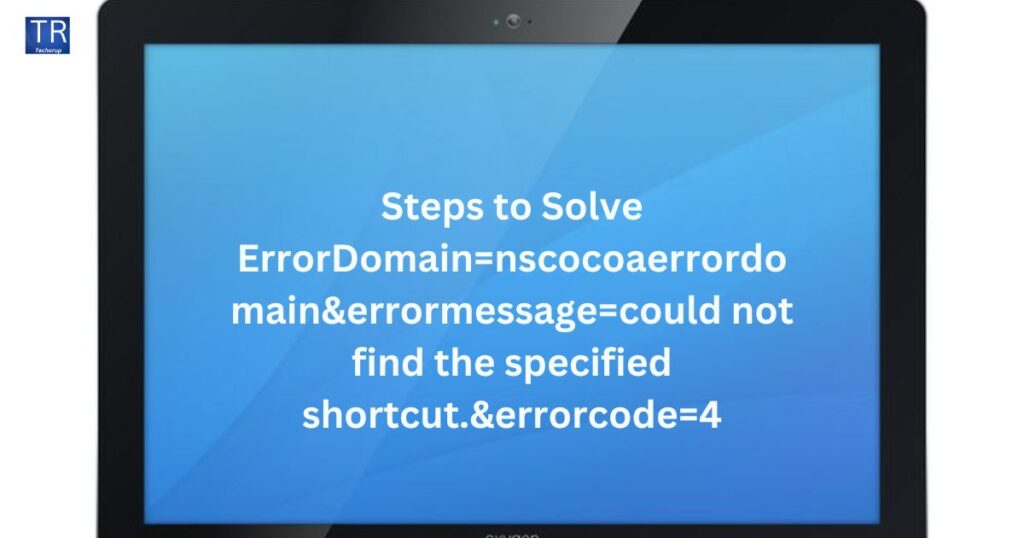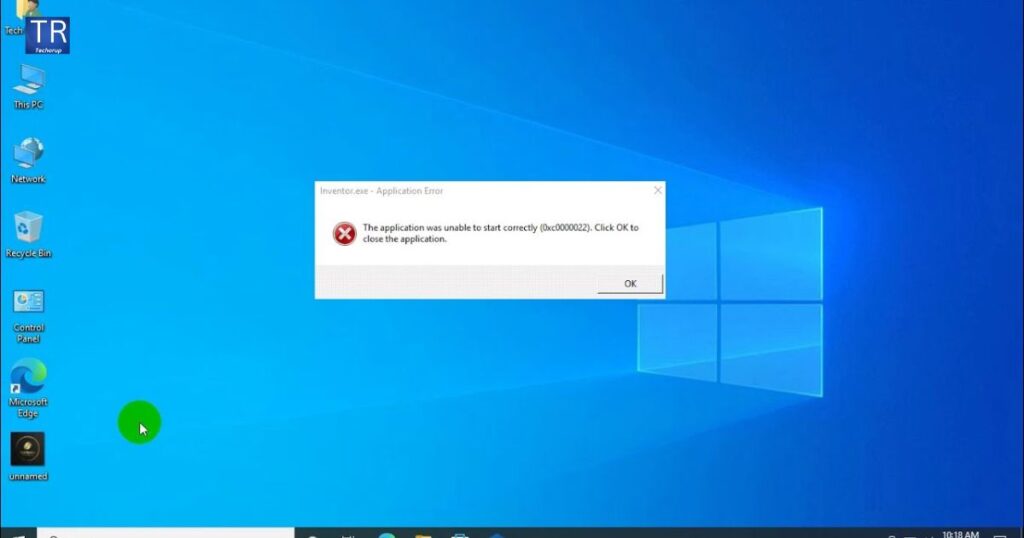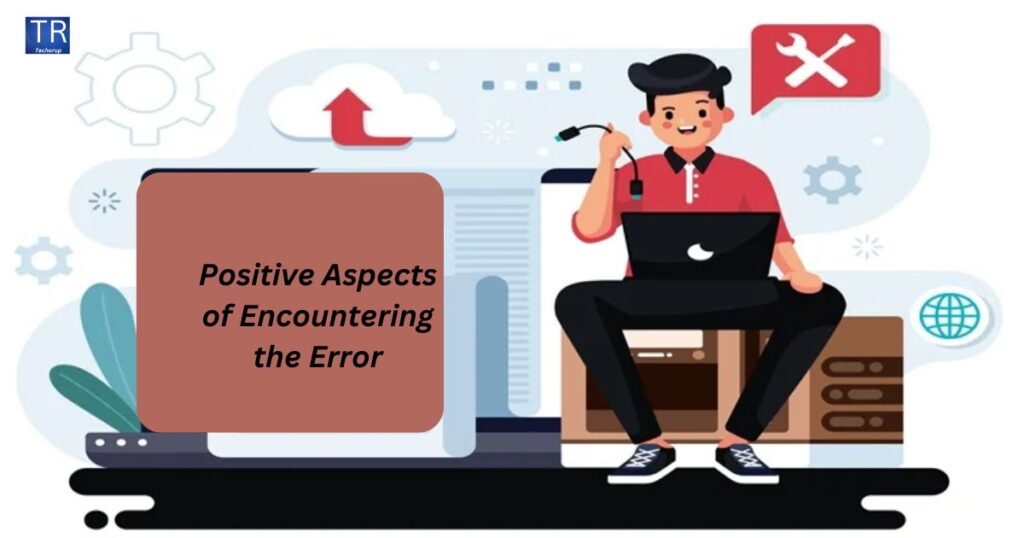NSCocoaErrorDomain Error is a problem in Apple’s Cocoa framework. It happens when something goes wrong in Mac or iPhone apps. This error often means the app can’t find a file or resource it needs. It can be caused by missing files, software conflicts, or outdated programs.
The NSCocoaErrorDomain Error can be a real headache. It stops your apps from working right. Many users get confused when they see it. How to solve errordomain=nscocoaerrordomain&errormessage=could not find the specified shortcut.&errorcode=4 ? Do not worry, there are ways to fix this pesky problem. Let’s break it down and get your device back on track.
To fix this error, first check if your shortcut is still there. Sometimes shortcuts get deleted by mistake. Try updating your apps and operating system. This can solve many errors. If that does not work, reinstall the app that’s causing trouble. As a last resort, ask Apple Support for help.
Introduction to NSCocoaErrorDomain Error
NSCocoaErrorDomain Error is a common issue on Apple devices. It happens when an app can’t find something it needs. This error often shows up with a message about a missing shortcut. It can stop you from using your apps normally.
The error has a long name that looks scary. But it’s just telling you what went wrong. The NSCocoaErrorDomain part means it is a problem with Apple’s software. The “could not find the specified shortcut” tells you what the exact issue is. Understanding this error is the first step to fixing it.
Understanding ErrorDomain=nscocoaerrordomain&errormessage
ErrorDomain=nscocoaerrordomain&errormessage is a common error on Apple devices. It shows up when something goes wrong with an app or system process. This error is part of the Cocoa framework, which many Apple apps use. It can happen on Macs, iPhones, or iPads.

The error message usually comes with more details. These details help explain what went wrong. For example, it might say a file is missing or a shortcut can not be found. The error often includes a code number too. This code helps developers figure out the exact problem. Understanding this error can help you fix issues on your Apple device.
Common Causes of ErrorDomain=nscocoaerrordomain
Outdated Software Versions
Old software can cause errors on your device. Apps and systems need updates to work well. Using outdated versions may lead to the NSCocoaErrorDomain error. Always keep your apps and operating system up to date.
Invalid Shortcut Path
This error often happens when a shortcut leads nowhere. The file or app it points to might be missing or moved. Check if the shortcut still works. You may need to create a new one or find the correct file location.
Permission Issues
Sometimes, your device will not let an app do what it needs to. This can cause the NSCocoaErrorDomain error. Check the app’s permissions in your device settings. Make sure it has access to necessary files and features.
Steps to Solve ErrorDomain=nscocoaerrordomain&errormessage=could not find the specified shortcut.&errorcode=4

Reinstall the Application
If an app keeps giving errors, try reinstalling it. First, delete the app from your device. Then download it again from the App Store. This can fix many issues by giving you a fresh start with the latest version.
iCloud Sync Problems
iCloud helps keep your data in sync across devices. But sometimes it can cause errors. Check if iCloud is working right. Make sure you’re signed in properly. Try turning iCloud sync off and on again for the problem app.
Restore Deleted Files
Missing files can cause errors. If you have deleted something by mistake, try to get it back. Use Time Machine on Mac or check Recently Deleted on iPhone. You might find the file you need there.
Checking Internet Connection
Some errors happen when your internet is weak or not working. Make sure you’re connected to the internet. Try turning the Wi-Fi off and on. Or connect to a different network if you can. A good internet connection can solve many app problems.
Running Disk Utility
Disk Utility is a built-in tool on Mac that can help diagnose and fix various disk-related issues. It allows you to verify and repair disk permissions, check for file system errors, and even format or partition your drives. Running First Aid in Disk Utility can often resolve many common disk problems. Which may help address the shortcut error you’re experiencing.
Consulting Official Documentation
Apple provides comprehensive documentation for its products and services. Visit Apple’s support site or user manuals for common error messages and solutions. Apple’s documentation offers step-by-step guides tailored to resolve issues like the NSCocoaErrorDomain error.
Searching Online Forums and Communities
Online forums and communities, such as Apple Support Communities or Reddit. These can be excellent resources for troubleshooting. Many users share their experiences and solutions for common problems. Searching these platforms by error code often leads to discussions with potential solutions or workarounds.
Contacting Customer Support
If basic troubleshooting fails, contacting Apple Support is a helpful next step. They have trained professionals who can provide personalized assistance for your specific issue. You can contact them via phone, chat, or email. Be sure to have your device details and a clear description of the error ready to help them assist you more effectively.
Considering Professional Help
Sometimes, complex issues require expert intervention. If you are uncomfortable with advanced troubleshooting or the problem continues. S consider seeking help from a certified Apple technician or visiting an Apple Store. Technicians have the tools and expertise to resolve complex software and hardware issues. Which may be causing the shortcut error.
Check for Software Updates
Keeping software up-to-date is essential for system stability and fixing known issues. Apple regularly releases updates for macOS and its applications. Which often include bug fixes and performance improvements. Installing the latest updates for your OS and apps may fix the shortcut error. As it could be caused by an outdated software version.
Checking for Shortcut Compatibility Issues
Verify that the application or file the shortcut points to is compatible with your current operating system version. Sometimes, shortcuts can break when upgrading to a new OS if the target program has not been updated. Check if there’s an updated version of the software available that works with your system.
Verify the Shortcut path
Ensure the shortcut is pointing to the correct file location. Right-click the shortcut, select Properties, and check the Target field. Make sure the path exists and is spelled correctly. If the target file has moved, update the shortcut to the new location. You may need to browse and reselect the target file.
Adjust file Permissions
Incorrect permissions can prevent shortcuts from working properly. Right-click the shortcut and the target file/folder, go to Properties, then the Security tab. Ensure your user account has the necessary read and execute permissions. You may need to take ownership of the file or adjust permissions as an administrator to resolve access issues.
Use Terminal instructions (Superior)
For advanced users, the terminal can offer more powerful troubleshooting options. You can use commands to check file permissions, repair disk errors, or even recreate shortcuts. Terminal instructions provide more detail and precise control, despite their complexity.
Reset gadget preferences
Sometimes, corrupted device preferences can cause shortcut issues. Resetting these to default can often resolve problems. Navigate to your device’s settings. Find the option to reset preferences (often under a General” or Advanced section), and follow the prompts. Be aware this may reset some of your personalized settings.
Test utility alternatives
If a specific shortcut is not working, try alternative methods to access the same function. This could involve using a different shortcut. Accessing the program directly from its installation folder, or using a system search to launch it. This can help determine if the issue is with the shortcut itself or the target application.
Perform device preservation
Regular device maintenance can prevent many issues, including shortcut errors. This includes tasks like running disk cleanup utilities. Updating your operating system and applications. Performing regular virus scans, and occasionally restarting your device. Consistent maintenance can keep your system running smoothly and prevent various errors.
Backup Shortcuts frequently
Regularly backing up your shortcuts can save you time and frustration if errors occur. Create a folder to store copies of important shortcuts. You can do this manually by copying and pasting or using built-in backup tools in your operating system. Set a reminder to perform backups weekly or monthly, depending on how often you create new shortcuts.
Troubleshooting ErrorDomain=nscocoaerrordomain
This error often occurs on Apple devices when a shortcut cannot be found. Start by restarting your device, as this can resolve temporary glitches. If the error persists, try recreating the problematic shortcut.

Check if the app or file the shortcut points to still exists on your system. Updating your operating system and the related apps can also help resolve this error.
Using Terminal Commands
Terminal commands can be powerful tools for diagnosing and fixing shortcut issues. Open the Terminal application on your computer. Use commands like ls to list files and directories, helping you verify file paths. The command can modify file permissions if needed. Be cautious when using Terminal commands, as incorrect usage can cause unintended changes to your system.
Resetting System Preferences
If shortcut issues persist, resetting system preferences can help. This process restores default settings without affecting your personal files. On a Mac, you can do this by restarting in Safe Mode and then restarting normally. For more persistent issues, you might need to reset NVRAM or PRAM. Always back up your data before performing these actions.
Checking Application Preferences
Some shortcut problems stem from application-specific settings. Open the app associated with the problematic shortcut and check its preferences or settings menu. Look for options related to keyboard shortcuts or file associations. Resetting the app’s preferences to default or reconfiguring shortcuts can often resolve issues.
Seeking Help from Apple Support
If you have tried other solutions without success, Apple Support can provide personalized assistance. Contact them through the official Apple Support website, schedule a call, or visit an Apple Store if possible. Be prepared to describe the issue in detail, including any error messages and steps you have already taken to troubleshoot.
Use Reliable Antivirus Programs
Reputable antivirus software is vital for overall system health, even if unrelated to shortcut issues. It can prevent malware that might interfere with system functions, including shortcuts. Keep your antivirus up-to-date and run regular scans to ensure your system remains clean and functions properly.
Preventive Measures to Avoid ErrorDomain=nscocoaerrordomain
Regular System Maintenance
Perform routine maintenance on your device to keep it running smoothly. This involves clearing temporary files, using cleanup tools, and defragmenting non-SSD drives. Regular maintenance helps prevent system clutter. Which can lead to errors and ensure your shortcuts and files remain accessible.
Reviewing Code Regularly
For developers, frequently review and update your code. It is to ensure it remains compatible with the latest OS versions and follows best practices. This helps prevent deprecated methods or APIs from causing issues with shortcuts or app functionality. Regular code reviews can catch potential problems before they affect end-users.
Adhering to Apple’s Rules for App Development
When developing for Apple platforms, strictly follow Apple’s guidelines and requirements. This includes using approved APIs, following security protocols, and adhering to App Store guidelines. Compliance ensures your app and shortcuts function correctly, reducing errors and rejections.
Backing Up Shortcuts
Regularly back up your important shortcuts to prevent loss due to system errors or accidental deletion. You can export shortcuts to files or use cloud storage services to keep copies. This ensures you can quickly restore lost or corrupted shortcuts without recreating them.
Positive Aspects of Encountering the Error
Encountering this error can be a learning opportunity. It pushes you to understand your device better. You get to explore system settings you might not have known about. Solving the error teaches you troubleshooting skills. These skills are useful for future tech issues.

The error also encourages you to maintain your device. You learn the importance of regular updates. You discover the value of backing up files. It reminds you to be careful when deleting things. Overall, this error can make you a more knowledgeable and careful tech user.
Negative Aspects of Encountering the Error
This error can be very frustrating. It stops you from using your device normally. You might lose important work. It takes time to fix. The error message is hard to understand. You may feel stuck if you’re not good with computers.
The error can make you worried. You might think your device is broken. Fixing it could cost money. You could miss important deadlines. It makes you trust your device less. This might make you slower at work in the future.
FAQ’s
What does ErrorDomain=nscocoaerrordomain&errormessage=could not find the specified shortcut.&errorcode=4 mean?
This error means a specific shortcut or file the system needs is missing or can’t be found on your Apple device.
Why do permission issues cause ErrorDomain=nscocoaerrordomain&errormessage=could not find the specified shortcut.&errorcode=4?
Permission issues can trigger this error when your device lacks the necessary access rights to use or locate the specified shortcut.
What is the quality manner to troubleshoot the NSCocoaErrorDomain error?
The best way to troubleshoot the NSCocoaErrorDomain error is to check for missing files, update your software, and restart your device.
How do I alter record permissions?
To alter file permissions, right-click the file, select Properties, then adjust the permissions under the Security tab.
How do I return my shortcuts?
To restore your shortcuts, try using the Reset All Settings option in your device’s settings menu.
Am i able to reset gadget preferences to restore the NSCocoaErrorDomain errors?
Yes, resetting device preferences can often help resolve NSCocoaErrorDomain errors by restoring default settings.
Final Thought
They could not find the specified shortcut error can be annoying. But do not worry. There are simple steps you can take to fix it. Check if your shortcut is compatible with your system. Make sure it’s installed correctly. Update your software if needed. You can also try resetting your system preferences.
If these steps do not work, do not give up. Apple Support is there to help you. They can give you more specific advice for your situation. With a bit of patience, you will get your shortcuts working again. Remember, most tech problems have solutions. This one is no different.

Charlene J. Newton is an executed writer recognized for her captivating fiction and non-fiction works. With a keen eye for detail and an expertise for crafting attractive narratives, Newton’s writing has garnered crucial acclaim. Her diverse portfolio covers a variety of genres, from concept-provoking literary fiction to insightful non-public essays











